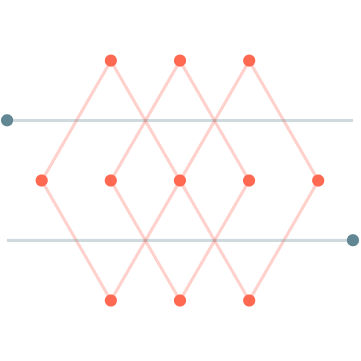Introduction to MLflow: How to Use MLflow Tracking
Managing the Machine Learning (ML) Lifecycle Using MLflow Workshop Series

Series Details
This session is part of the “Managing the Machine Learning (ML) Lifecycle Using MLflow” series with Jules Damji.
Session Abstract
This workshop covers how to use MLflow Tracking to record and query experiments: code, data, config, and results.
Suggested Prep Work:
To get the most out of this series, please review and complete the prep work here: https://github.com/dmatrix/mlflow-workshop-part-1#prerequisites

Jules Damji. Developer Advocate at Databricks
Jules S. Damji is a Developer Advocate at Databricks and an MLflow contributor. He is a hands-on developer with over 15 years of experience and has worked at leading companies, such as Sun Microsystems, Netscape, @Home, Opsware/Loudcloud, VeriSign, ProQuest, and Hortonworks, building large-scale distributed systems. He holds a B.Sc and M.Sc in Computer Science (from Oregon State University and Cal State, Chico respectively), and an MA in Political Advocacy and Communication (from Johns Hopkins University).